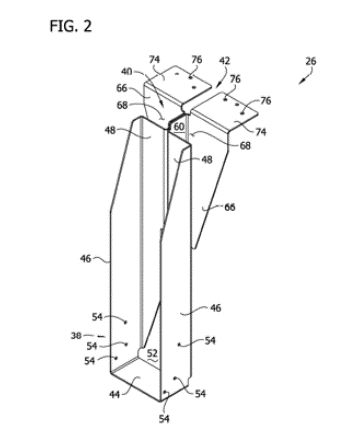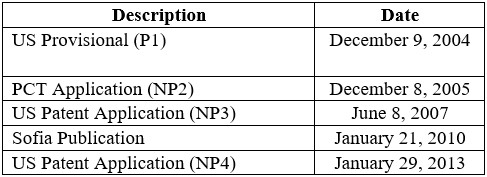The US Court of Appeals for the Federal Circuit affirmed in part and vacated in part a Patent Trial & Appeal Board finding that the claims at issue were either invalid under 35 U.S.C. §112 as unsupported by written description or obvious under 35 U.S.C. §103. RAI Strategic Holdings, Inc. v. Philip Morris Products S.A., Case No. 22-1862 (Fed. Cir. Feb. 9, 2024) (Chen, Stoll, Cunningham, JJ.)
RAI owns a patent with claims directed to “electrically powered smoking devices that provide an inhalable vapor by heating tobacco or other substances without significant combustion.” Philip Morris challenged the patent in a post-grant review (PGR).
The Board issued a final written decision concluding that two dependent claims, which recited limitations requiring a heating member with “a length of about 75% to about 85% of a length of the disposable aerosol forming substance,” lacked § 112 written description support. The specification disclosed ranges of 75% – 125%, 80% – 120%, 85% – 115% and 90% – 110%. The Board explained that written description support was lacking because “the claimed range is different from and substantially narrower than the specific ranges disclosed in the specification.”
The Board found that the remaining claims were unpatentable as obvious based on a combination of prior art references where the heater found in one reference, Robinson, was replaced with the heater from another, Greim. Robinson explained that its heating element could be altered and acknowledged design choices, thus inviting skilled artisans to select an alternate appropriate heating element. Greim disclosed certain advantages to its heater. Thus, the Board found that a skilled artisan would have been motivated to replace Robinson’s heater with that of Greim, rendering the claims obvious. RAI appealed.
Citing its expert, RAI argued that the ranges disclosed in the specification all centered around 100%, so that a person of ordinary skill in the art (POSITA) would not “conclude that the inventors possessed a range that went no higher than 85%[.]” The Federal Circuit began by summarizing a line of numerical range cases, including:
- In re Wertheim (CCPA 1976), which found that a described range of 25% – 60%, with examples of 36% and 50%, supported a claim directed to a range of 35% – 60%.
- In re Blaser (CCPA 1977), which found that a described range of 60° – 200° C supported a claim reciting a range of 80° – 200° C.
- Kolmes v. World Fibers Corp. (Fed. Cir. 1997), which found that a described range of 4 – 12 turns per inch, and preference for 8 turns per inch, supported claims directed to 8 – 12 turns per inch.
- In re Baird (CCPA 1965), which found that a relatively unexplained disclosure of 32 – 176° F did not support claims directed to a range from 40° to “at least as low as” 60° F.
- Indivior UK v. Dr. Reddy’s Laboratories (Fed. Cir. 2021), which found that:
- Disclosure of ranges of at least 25%, at least 50% and “any” value [...]
Continue Reading
- Disclosure of ranges of at least 25%, at least 50% and “any” value [...]
read more


 Subscribe
Subscribe




